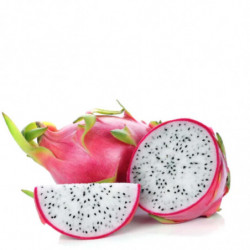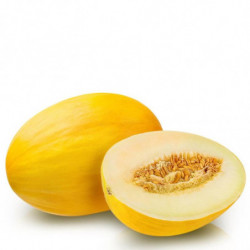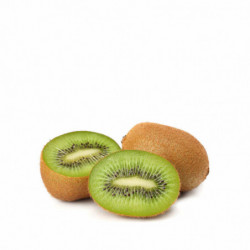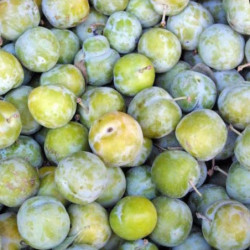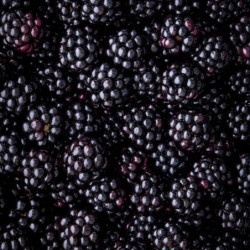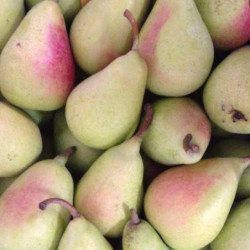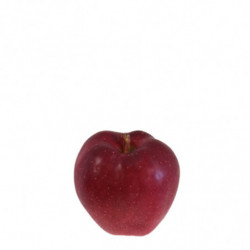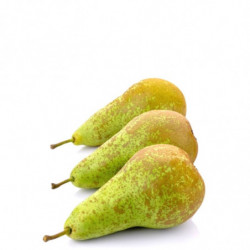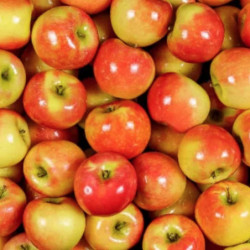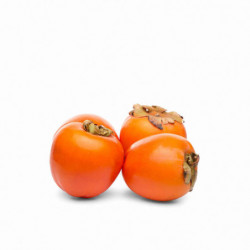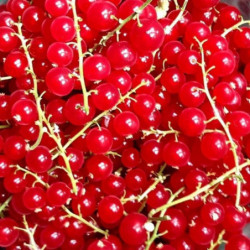White Pitahaya: Exoticism and Nutrition in a Unique Fruit
White pitahaya, also known as white dragon fruit, is an exotic fruit originating from Central and South America, although it is currently cultivated in various parts of the world. Below is a detailed description of this fruit:
Definition: Scaly Wonder of Cacti
White pitahaya is an exotic fruit belonging to the cactus family, characterized by its scaly skin and white, juicy flesh. It is similar to red pitahaya but differs in color and taste.
Shape and Appearance: Oval Elegance and Juiciness
White pitahaya has an oval shape and measures between 10 and 12 centimeters in length and between 7 and 9 centimeters in diameter. Its skin is yellowish-green or pink, covered with dark green pointed scales. The pulp is white and juicy, with numerous small black seeds.
Composition: Nutritional Treasure in Every Bite
White pitahaya is primarily composed of water and carbohydrates, being rich in fiber, vitamin C, vitamin B6, calcium, iron, and potassium. It also contains antioxidants that help prevent chronic diseases.
Varieties: Diversity in Sizes, Shapes, and Colors
White pitahaya has various varieties, differing in size, shape, and skin color. Some of the most popular varieties include Hylocereus undatus, Selenicereus megalanthus, and Hylocereus costaricensis.
Origins: History Sprouting from Central and South America
White pitahaya originates from Central and South America and is cultivated in countries such as Colombia, Mexico, Peru, and Vietnam, among others.
Culinary Uses: Versatility on the Table
White pitahaya is primarily consumed fresh as a dessert fruit or in fruit salads. It can also be used in making beverages, jams, sorbets, and ice creams.
Therapeutic Uses: Tradition and Medicinal Potential
White pitahaya has been used in traditional medicine to treat stomach problems, fever, and diabetes, although more studies are needed to confirm its therapeutic properties.
Curiosities: Exponential Appeal in Popularity
White pitahaya is an exotic fruit that has gained popularity in recent years due to its nutritional properties and unique flavor. Additionally, its scaly appearance and white, juicy interior make it a very striking fruit.
Signature Dish: Creative Boundaries in Tasting
White pitahaya does not have a specific signature dish, but it can be enjoyed as fresh fruit or in fruit salads.
Cultivation Today: From America to Asia
White pitahaya is cultivated in various parts of the world, primarily in Central and South America and Asia. A warm and humid climate is required for its cultivation, and it can be found in specialized markets and exotic product stores.
